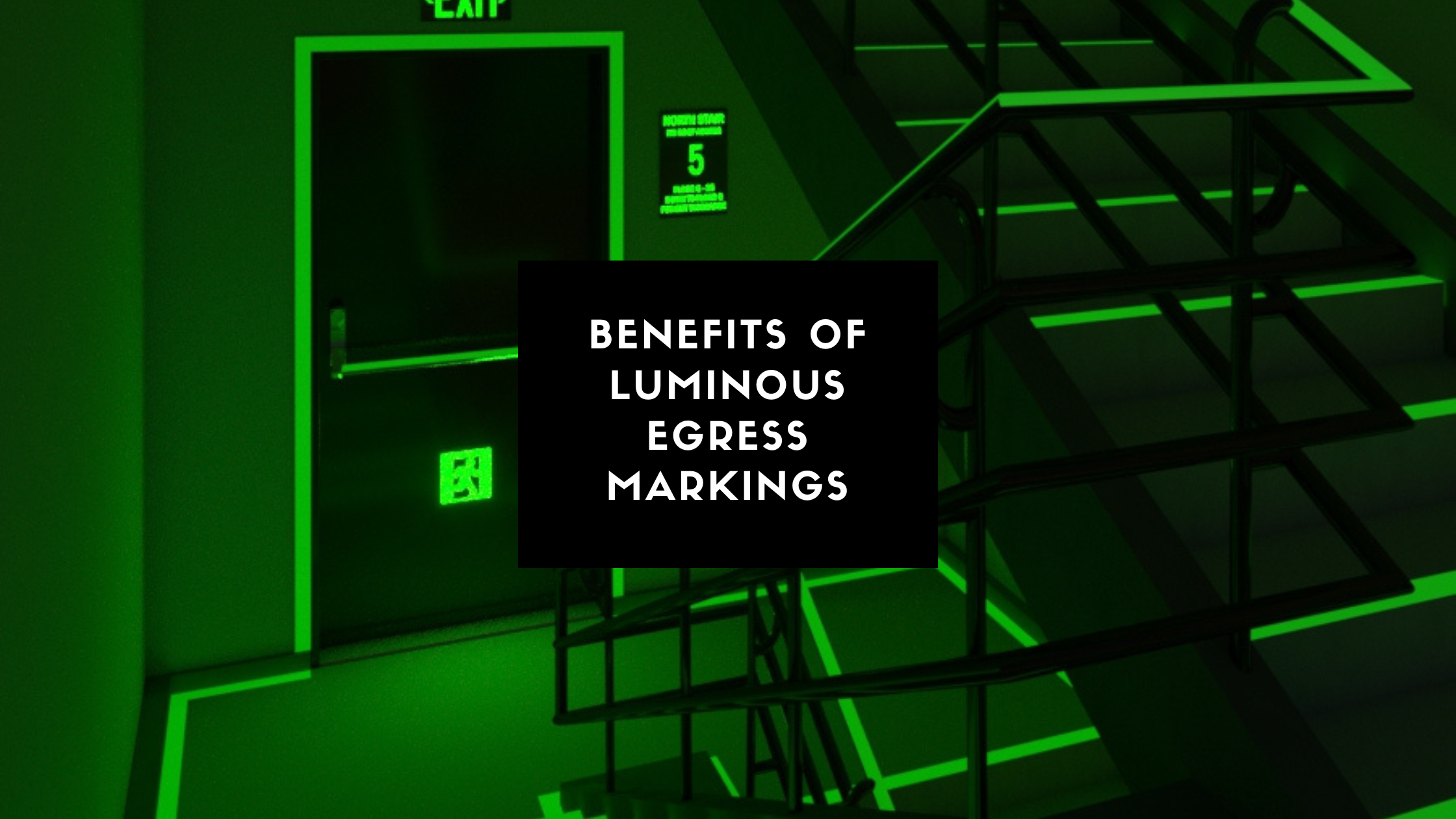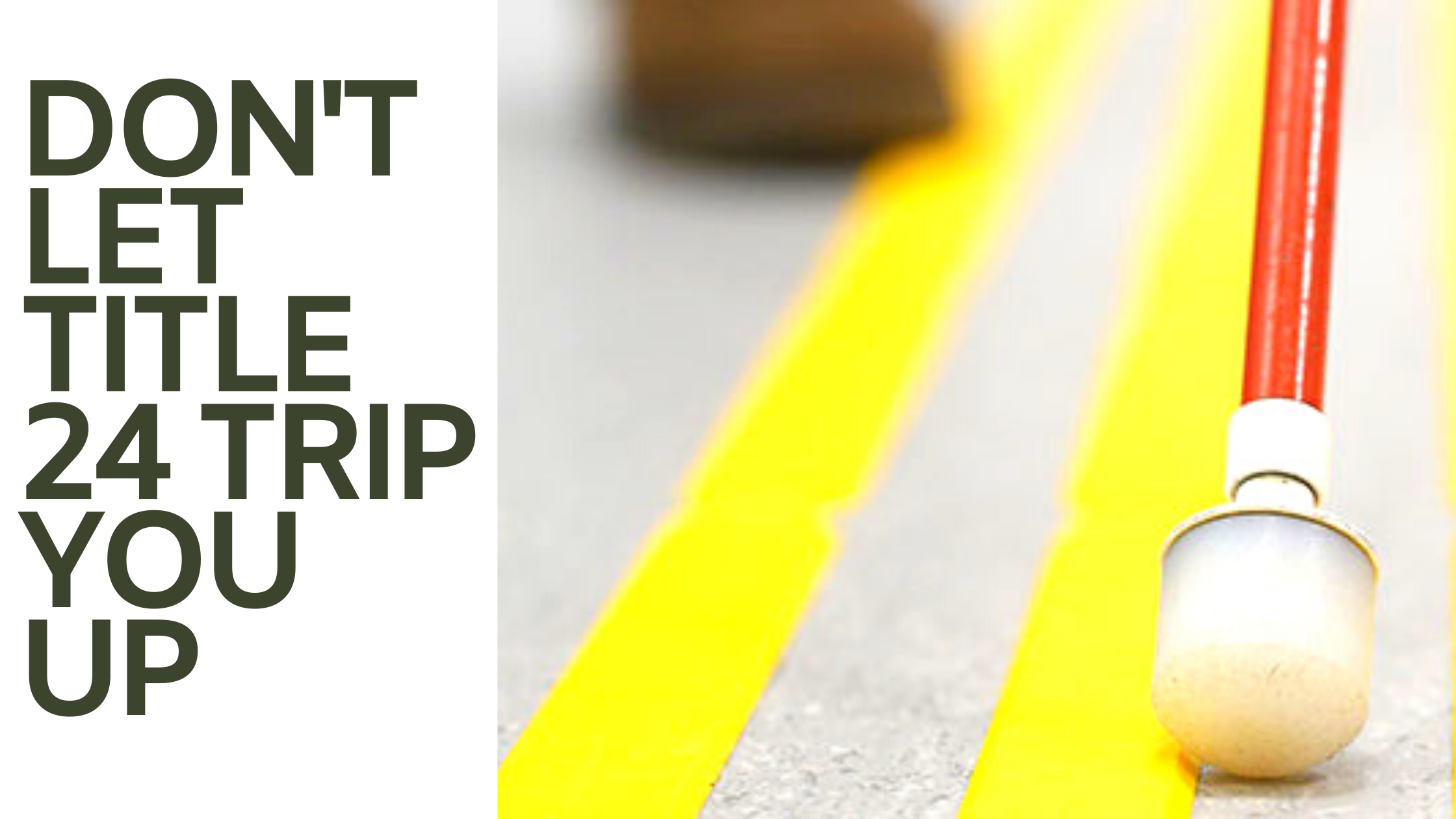Bridging Accessibility and Sustainability: Entrance Flooring Best Practices
The Americans with Disabilities Act (ADA), enacted in 1990, remains a pivotal piece of legislation ensuring equal access and rights for people with disabilities. This comprehensive civil rights law prohibits discrimination across various sectors, including employment, public services, public accommodations, and telecommunications. A critical aspect of ADA compliance for architects and builders lies in creating accessible spaces, particularly when considering entrance flooring.

.png)








.png)